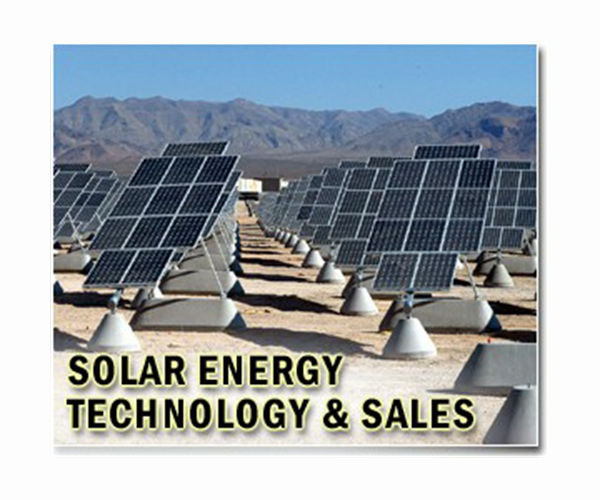Breakthrough in organic radical crystals increases solar energy-to-electricity technology
Recent innovations in the Technology for Thermo -Electric Generator (STEG) of the solar energy have the opportunity to convert sunlight into electricity, promising applications in areas such as portable devices, the internet of things and personalized climate control considerably converted. Central to these developments is the strategic refinement of thermo -electric materials, device architecture and heat management techniques.
Under the range of materials investigated, photothermal substances have emerged as particularly promising for facilitating the temperature differences that are crucial for efficient power generation. These materials include carbon-based connections, metal oxides, polymers and substances that are capable of phase transitions. Now researchers from Soochow University have shifted the borders further by introducing a new class organic radical photothermal materials.
The team has developed a new cargo transfer (CT) Cocrystal that consists of Coronene (COR) and the Electron acceptor 2.6 libromon aptalen-1,5,8-tracarboxylic Dianhydride (BR2NDA). This connection, called CBC, showed exceptional photothermal conversion -efficiency (PCE) of 67.2% when it is subject to 808 Nm light at 0.367 W/cm2. This performance marks an important milestone in the search for powerful photothermal materials.
The synthesis process used a simple solutions -based self -assembly method, which resulted in crystalline microrods with various needle -like morphology. Advanced characterization methods confirmed the structure and functionality of the material. X-röntgangfraction (XRD), selected area Electron Difraction (SAED), UV-VIS Spectroscopy, Fotoluminescence (PL), Fourier-Transform Infrared Spectroscopy (FT-IR) and fixed condition nuclearly ABLEAME ABLEATE ABLEATE ABLEATE ABLEATE ABLEATE ABLEATE ABLEATE ABLEATE ABLEATE ABLEATE ABLEATE ABLEATE ABLEATE ABLEATE ABLEATE ABLEATE ABLEATEAMOTE ABLEALE ABATT-RESONANTY up to 1100 Nm. These characteristics were accompanied by almost total photoluminescence extinguishing and proof of unpaired electrons via electron spinresonance (ESR), which supports the CT behavior of the material in its ground state.
Thermogravimetric analysis (TGA) validated the thermal robustness of the CBC Cocrystal. Under 808 Nm laser exposure, the Cocrystal quickly reached 86 ° C, with a calculated PCE that has so far performed many organic photothermal materials. The thermal stability and the consistency of the performance were kept over several radiation cycles. Under simulated solar radiation (2 suns), CBC achieved a temperature of 64 ° C, with results that showed a clear linear correlation between heat generation and light intensity.
Building on this foundation, the research team embedded the Cocrystal in a transparent resin, creating a photothermal ink. This was applied to a thermoelectric generator (Teg), which resulted in a powerful STEG. When tested under 2 sun radiation, the modified TEG reached a surface temperature of 70.3 ° C and an output voltage of 209 mv, which represents a reinforcement of 375% compared to the non -coate tile. The device showed strong durability, with stable electrical exit on multiple thermal cycles and on different lighting conditions.
In a further demonstration of its versatility, the CBC-TEG system showed sensitivity to near-infrared (NIR) light, allowing it to function as a medium for wireless data transfer. By adjusting the intensity and duration of the laser, researchers have successfully transferred Morse codes signals, to illustrate the potential of the platform in safe communication and portable technical applications.
This study not only introduces an efficient method for developing photothermal cocrystals, but also maps a course for integrating these materials into multifunctional solar thermoelectric platforms. The results indicate new opportunities in the conversion of sustainable energy and smart communication technologies, with broad implications for both research and industry.
Research report:Radical-activable load transfer Kokry steel for solar-thermoelectric generator to information conversion

